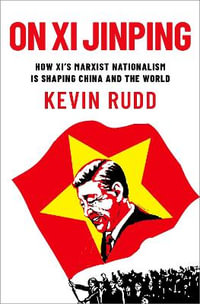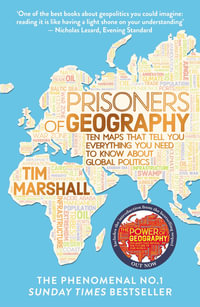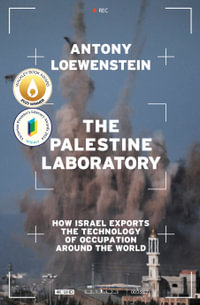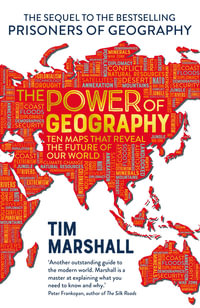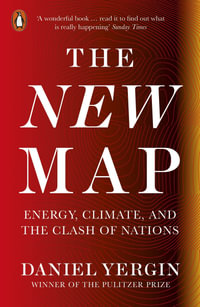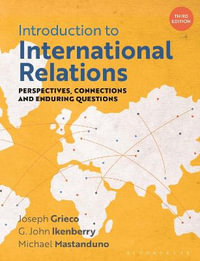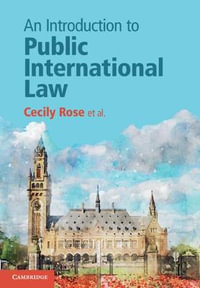Fighting for Peace in Somalia provides the first comprehensive analysis of the African Union Mission in Somalia (AMISOM), an operation deployed in 2007 to stabilize the country and defend its fledgling government from one of the world's deadliest militant organizations, Harakat al-Shabaab.
The book's two parts provide a history of the mission from its genesis in an earlier, failed regional initiative in 2005 up to mid-2017, as well as an analysis of the mission's six most challenges, namely, logistics, security sector reform, civilian protection, strategic communications, stabilization, and developing a successful exit strategy. These issues are all central to the broader debates about how to design effective peace operations in Africa and beyond.
AMISOM was remarkable in several respects: it would become the African Union's (AU) largest peace operation by a considerable margin deploying over 22,000 soldiers; it became the longest running mission under AU command and control, outlasting the nearest contender by over seven years; it also became the AU's most expensive operation, at its peak costing approximately US$1 billion per year; and, sadly, AMISOM became the AU's deadliest mission. Although often referred to as a peacekeeping operation, AMISOM's troops were given a range of daunting tasks that went well beyond the realm of peacekeeping, including VIP protection, war-fighting, counterinsurgency, stabilization, and state-building as well as supporting electoral processes and facilitating humanitarian assistance.
Tana Forum Annual Book Launch 2019 Winner.
Industry Reviews
Paul Williams ... has given us a comprehensive, richly-documented, and reliably sober account of the first ten years of the African Union's mission to the troubled country of Somalia. * Lee Cassanelli, Journal of African Military History *
This book is an excellent and comprehensive examination of the African Union Mission in Somalia (AMISOM)... it is an excellent text for courses concerning international intervention, peace enforcement, and peacekeeping in both civilian and military educational institutions. * Paul R. Camacho, Armed Forces & Society *
It should be mandatory reading for scholars and practitioners invested in Somalia's ongoing conflict and its international management. Scholars and practitioners of intervention and peace operations will also find valuable insights, useful points of comparison, numerous arguments to debate over, and a meticulous methodology that could be replicated for other case studies. * Prof. Bruno Charbonneau, International Peacekeeping *
Williams's meticulous analysis provides a level of detail and insight that is second to none. ... Anyone interested in the challenges of peacekeeping, state security and fragility in Somalia, or inter-agency coordination will find tremendous value in the book. * Christopher Faulkner, African Affairs *
Fighting for Peace in Somalia is as complete an account of AMISOM as currently exists. The book is more than just a detailed historical record of the mission; it is interlaced with a technical but easily digestible analysis of the practical challenges the mission has faced. This ensures wider relevance for policymakers, scholars and others interested in the challenges of bringing peace to highly contested environments...: in Fighting for Peace in Somalia, Williams has produced the definitive account of one of the most complicated attempts at peacemaking in recent history, with relevance that extends well beyond AMISOM and the context of Somalia itself. * Omar Mahmood, Institute for Security Studies, Addis Ababa, Ethiopia, South African Journal of International Affairs *
...in Fighting for Peace in Somalia, Williams has produced the definitive account of one of the most complicated attempts at peacemaking in recent history, with relevance that extends well beyond AMISOM and the context of Somalia itself. * Omar Mahmood, South African Journal of International Affairs *
Given his field research experience, extensive network of and unique access to practitioner experts, a decade-plus of monitoring peace operations across Africa, and record of academic publishing, Williams remains an authority on the sociopolitical dynamics of peace and stability operations in the Horn of Africa, and Fighting for Peace in Somalia is an achievement that will only serve to solidify this reputation. * Whitney Grespin, The Strategy Bridge, June 2019 *
In Fighting for Peace in Somalia, Paul Williams unpacks the complexities of Somalia in a clear and immensely readable book. He identifies uncomfortable lessons for the international community but also clear evidence-based recommendations for future peace operations. Williams presents a compelling and balanced assessment of the efforts of AMISOM and its myriad "partners" to establish and maintain peace across Somalia This is a must-read book for scholars of Somalia or peacekeeping, but also an engaging book for anyone with an interest in international relations and the challenges of delivering multilateral objectives in a truly challenging environment. * Stephen Cutts, Leader, UN Comprehensive Review of UNSOS 2018 *
The African Union Mission in Somalia (AMISOM) is the AUs largest, most ambitious, most complex and most dangerous peace support operation. It has rivaled and often surpassed United Nations peace missions in size and challenges. Paul Williams has written a thorough, extremely detailed, comprehensive, balanced and thoughtful account of the mission. It is indispensible for any policymaker or scholar of Somalia, and a model for how academic analyses of peace operations should be written. * Alex de Waal, The World Peace Foundation *
Fighting for Peace in Somalia is an ambitious exploration of arguably the worlds most complexand most deadlypeace operation to date. [...It] will surely become an important resource for those studying the changing dynamics [of peace operations]. ... The books long-term legacy will likely be found in its fruitful analysis of whether AMISOM is a model the African Union should rely upon in the future. * Alexandria Reid, RUSI Journal *
This is an insightful, clinical analysis of AMISOMs first ten years of operations. The exceptional nature of the mission means that it is unlikely to be repeated, but Williams succeeds in his aim of providing important policy insights of potential use to whatever AU or UN peacekeeping missions are required in future. * Funmi Olonisakin, Survival, Vol. 61, No. 3 (2019) *

